
Thu 2024/03/07
How Manage and Upgrade an Educational Institution
School is a lifelong journey; it is a set of stages that all children go through from infancy to adolescence and youth. The school provides a second home, a teacher, and an educator who sharpens the child, strengthens him, enriches his skills, highlights his talents, and directs him to the right path.
with the recent developments that the world has witnessed in the recent period, the education sector has witnessed a significant difference from previous methods of education, as it now focuses on motivating students and promoting creativity and innovation through changing curricula and using technology extensively in the educational process.
Traditional schools are a place of basic education in the lives of students; however, they have many problems that affect the quality and effectiveness of education.
Some of the problems facing traditional education in schools include:
- Restricting creativity and innovation
Traditional schools rely on a single teacher who speaks, and students listen and follow, which limits students' ability to think creatively and come up with solutions and ideas.
- Not meeting the needs of students
Traditional schools are based on the same approach to the education of all students, regardless of their level of performance and level of thinking, which causes their individual needs and progress in their own areas to not be met.
- Poor interaction and communication
Traditional schools are based on a teacher-centered teaching style, which restricts interaction and communication between students and the teacher as well as between the students themselves, preventing the development of communication skills and group cooperation.
- Lack of educational resources
Schools sometimes experience a shortage of various educational resources, such as books and equipment for teaching scientific and technical subjects.
- Lack of use of technology
Despite the increasing dependence on technology in various fields, traditional schools do not adequately use technology in education, which restricts students' access to multiple sources and practical applications.
- Use of educational software and applications
Educational software and applications allow teachers to create interactive and innovative educational content and help students better understand school subjects.
The reasons for using technology in education:
- Facilitate the task of communicating information from the teacher to the learners.
- Providing different and diverse learning experiences that enhance effectiveness and efficiency in learning
- Enable distance education and reach a larger audience of students in remote or hard-to-reach areas.
- Saving time in the process of explanation for the teacher and time for the learner in solving assignments, projects, and worksheets
- Providing a smart educational environment, which depends on modern technology, and facilitating the process of information transfer
- Eliminate outdated methods of education that eliminate creative and inspiring thinking and give a greater role to the learner in participating in the educational process.
- Stimulate interaction and participation in the educational process, where students can interact with educational materials, submit their answers and ideas, and share them with their colleagues.
- Enabling students to learn independently and through the use of educational materials available online, thereby enhancing independence and developing research skills
- Achieving a high-quality standard in education so that the inputs of the educational process are commensurate with its outputs on the ground, thus providing the job opportunities that society needs
The benefits of technology in education

The use of technology in education is one of the most prominent strategies that enhances the quality of education and provides many benefits for students and teachers alike. Here are some of the benefits of using technology in education:
- Encouraging learning
Technology contributes to educating students, making the process easier by participating in activities, and also helps in its innovative and distinctive ways of communicating information to students, such as through virtual field trips, in addition to using modern electronic devices and the internet.
- Providing multiple sources of information
If students want to add information and look for resources that go beyond traditional educational materials, educational technology provides various educational resources.
- Preparing for the future
The use of modern technology makes students able to discover the future and also makes them able to think and solve the obstacles they face. They can also be employed at work, and this is what makes cooperation between them possible.
- Improves Collaboration
Teachers have observed an increased frequency of students helping each other when they’re using technology in the classroom. Many technology-based tasks involve other aspects, and this leads to situations where students need to seek help from their peers or the teacher.
- Increasing effectiveness
Technology contributes to collecting the information that students need to study; it makes education more efficient due to various modern methods that match their abilities, especially for students with special needs.
- Improve learners' communication skills
Learners who are able to communicate better through technological means will also perform better academically as well as in work settings because communication skills are very important when you want to get your point across effectively.
- Easy monitoring and measurement of student performance
A teacher using modern technologies in educational technology can create lists related to student performance rates. In addition to creating online groups for discussion with students, identifying individual differences between them and determining their levels of study
- Increased engagement and interaction
The use of educational technologies helps to increase participation and interaction between students and teachers, as various technical tools can be used to motivate students and make the educational process more interactive and entertaining, such as educational games, interactive activities, and digital applications.
- Motivate students and enhance skills
Educational technologies help motivate students and enhance skills, as digital tools can be used to provide fun and interesting learning experiences, and educational applications can also be used to motivate students and develop their skills in reading, writing, and so on.
The importance of applying technology to educational progress
- Technology gives instant access to information
The use of technology in the classroom gives teachers the opportunity to provide their students with instructions for finding the right sources and teach them how to evaluate the quality of the information they find online.
- Technology keeps students engaged
The school curriculum based on the use of modern technologies helps students effectively communicate with each other and participate in study projects by dividing them into groups, which improves the quality of the educational process.
- Encourages individual learning
Technology personalizes the learning experience and provides greater opportunities for students with different needs. They can learn at their own pace, return to lessons, and get online instructions to support the learning process.
- Gain deeper and broader knowledge
Modern technologies allow students to search for information with a broader perspective and scope. Instead of relying on a limited number of abstracts and textbooks in the search for information, which are a bit limited, they can rely on Internet research to provide multiple and diverse sources of information.
- Teamwork
Technology can encourage collaboration with students in the same classroom, at the same school, or even in other classrooms around the world. One of the best ways to enhance communication between students in the classroom is through teamwork and collaborative learning projects.
Methods of employing technology in education
- Smart board
It is one of the modern technological technologies that are used in education. It is a form of interactive tablet used by touch and connected to a computer. They are used to display various applications and educational resources on a computer screen and are used in classrooms, universities, etc.
- Educational blogs
It is considered one of the most effective ways of employing technology in education. Through it, students learn new ways to communicate with teachers, participate among themselves, and develop their writing skills. Through it, articles, lessons, and homework are published for students, and it provides a space for them to write their comments and ask their questions.
- Tablets
Tablets have become one of the most important elements of modern education systems and even one of the most important learning tools, perhaps an alternative to the textbook and a central tool for managing the teaching and learning processes between the teacher and the student.
- Educational games
Educational games are used to attract students' attention and facilitate the learning of concepts in a fun and interesting way, increasing their interaction and encouraging them to explore and learn more.
- Online educational platforms
Online platforms allow creating and managing lessons and courses, checking student progress, analyzing data, and providing personalized education for students.
- Virtual reality and augmented reality
Virtual reality and augmented reality technology allows students to experience educational materials in a realistic way, which helps enhance their understanding of concepts.
Read also:
most important advantages and disadvantages of Virtual Classrooms
How to manage and upgrade your school to an integrated online system using the Edu Step Up program

Edu Step-Up School Management System is an integrated and comprehensive management system to control all school departments for successful school administration.
The system includes a school website that is fully integrated with it and a mobile application for parents and students that provides complete ease of communication and distance education and creates a good impression and a distinctive image of the school.
The Edu Step Up System runs the entire management of the school, from registration, admission, attendance, examinations, and certificates of results. It is the first program in the management of private and international schools from the perspectives of student affairs, personnel affairs, and school accounts.
You can easily set up and customize the system according to each school, and it simplifies and manages the daily tasks and operations within the school and also helps to complete them automatically using the smart system in the Edu Step Up program.
See also:
4 important suggestions and ideas for developing education in schools
most important suggestions for the development of the school
Develop your school with an integrated web-based system that will help you manage all school departments with complete ease. Order an experimental copy of the Edu Step Up system now.
Leave Comment






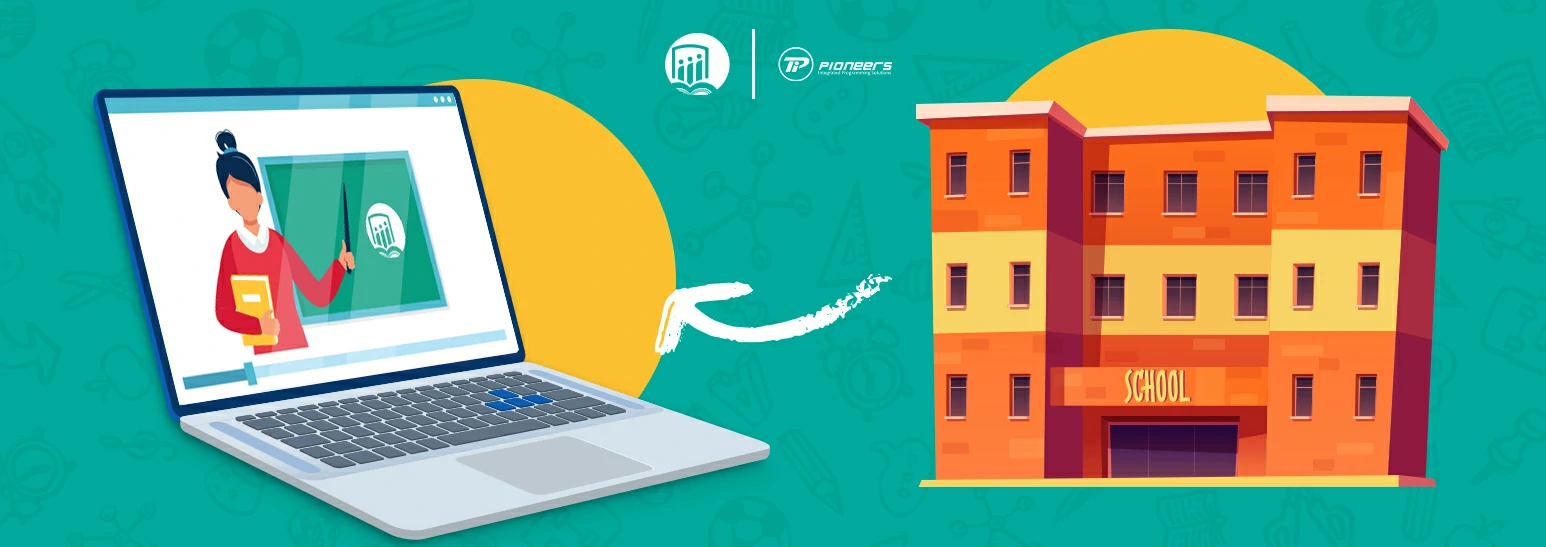
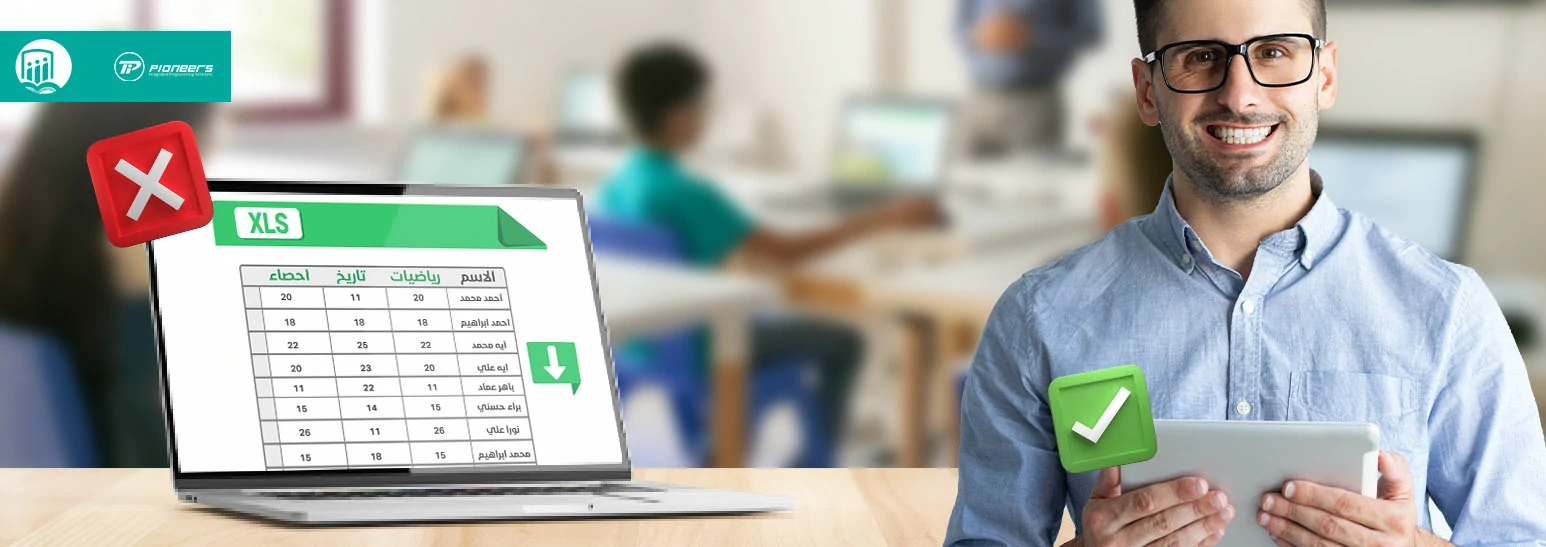
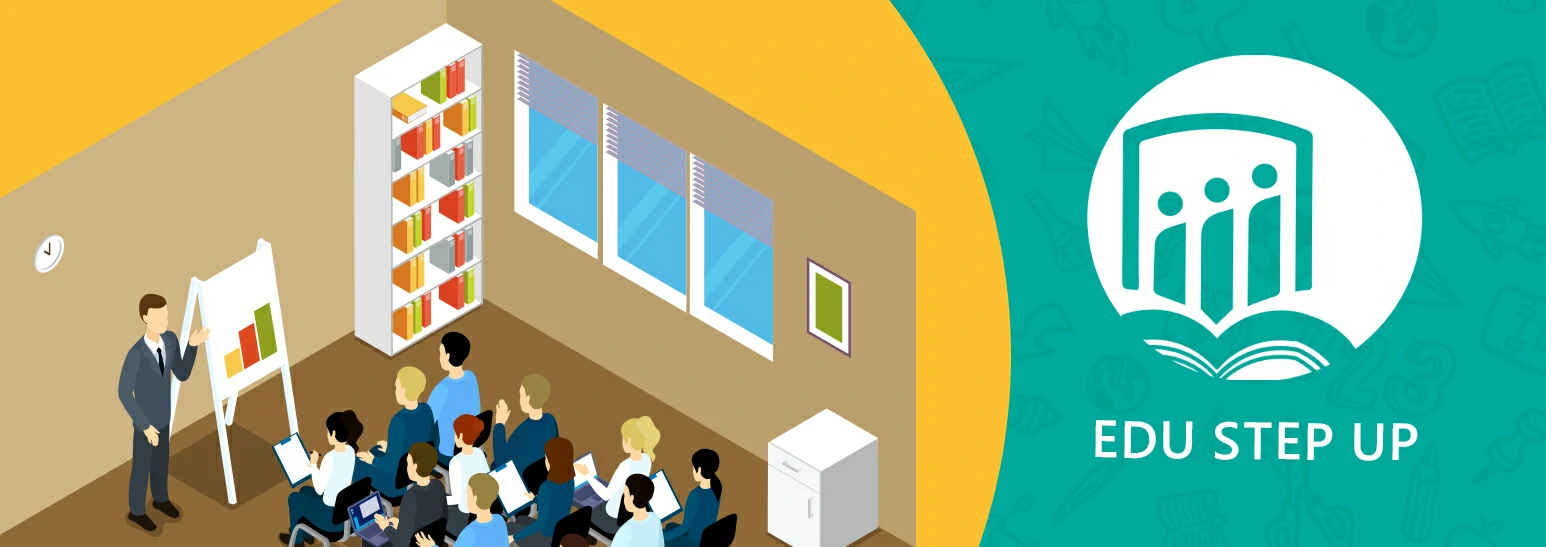
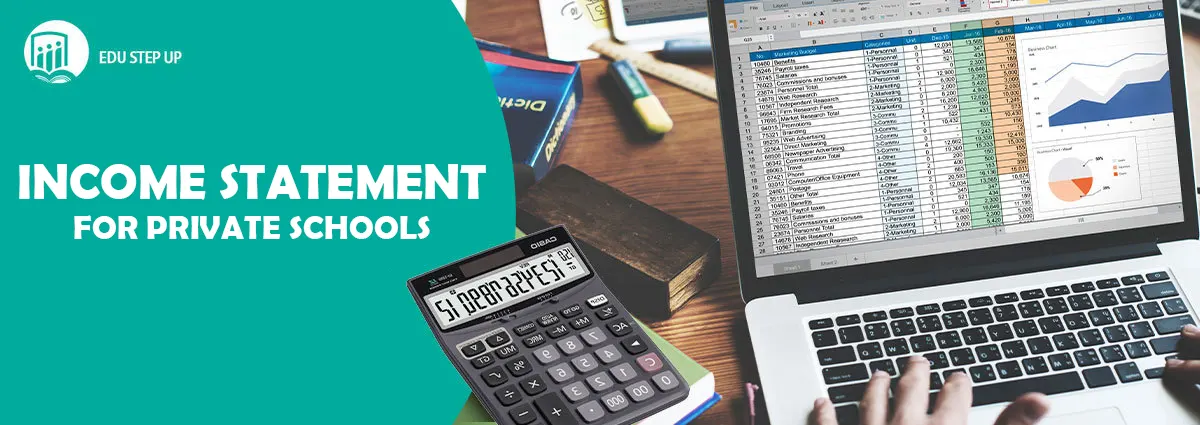

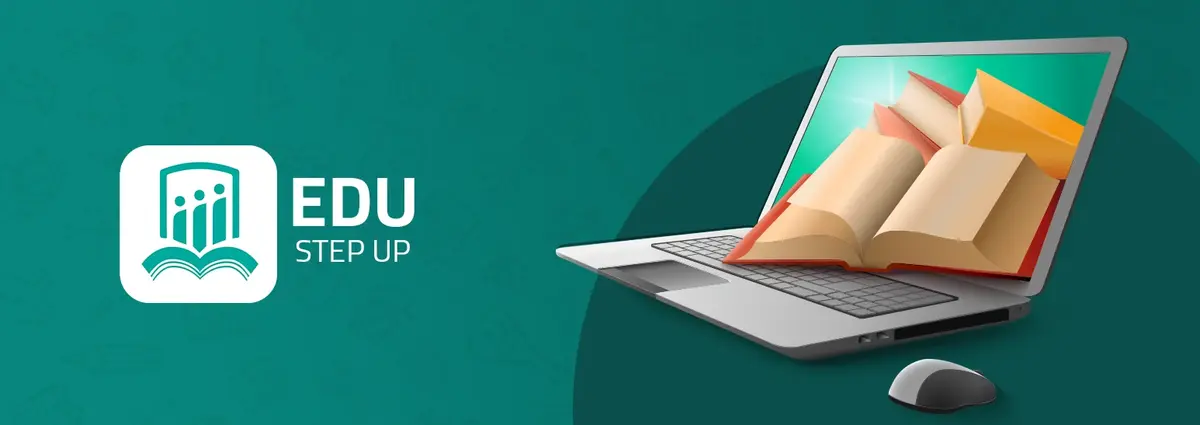
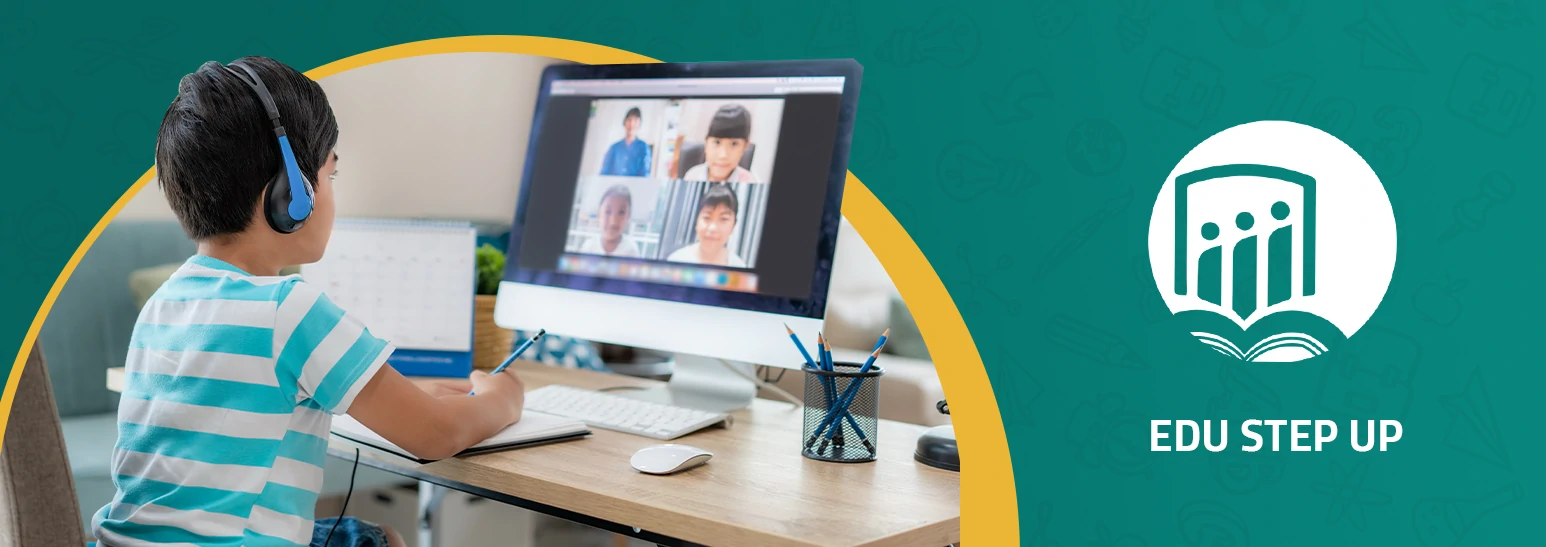
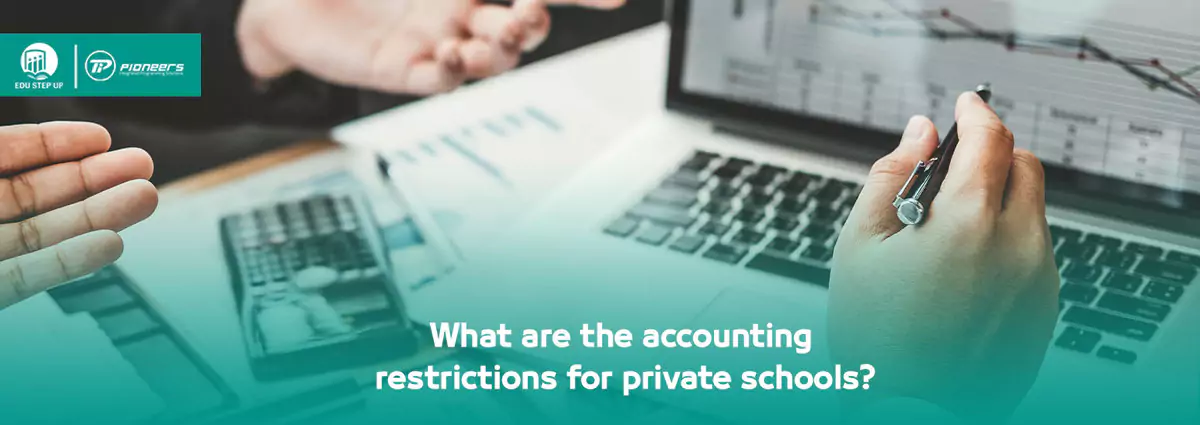

Comments